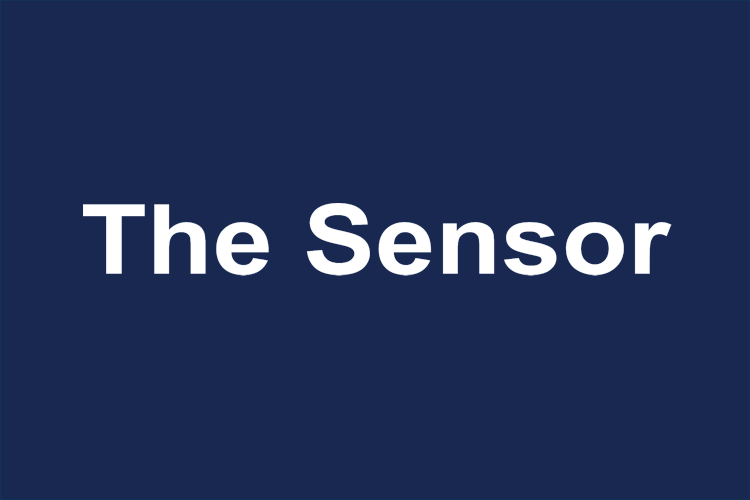The NSSN is now accepting applications to support innovative, collaborative research projects that respond to the NSSN Priority Themes.
Read MoreThe NSSN is seeking expressions of interest from suitably qualified individuals to join its Board.
Read MoreThis month’s Thought Piece discusses a solution to the aged care crisis: the use of sensors in the home to allow older Australians to stay at home for longer.
Read MoreAn NSSN Grand Challenge Fund project is hoping to transform the provision of aged care in the home by describing which data collected by sensors provides the most meaningful improvements in care.
Read MoreThis month: vote for OPENAIR to win a People's Choice award; meet some of amazing women researchers at ANU; and read how the development of more sensors for the vagina could have a global impact on women’s healthcare.
Read MoreJohn Close is a Professor in the Department of Quantum Science & Technology at ANU. His research focusses on harnessing the properties of ultra-cold atoms to develop quantum sensors for measuring gravitational fields, with applications in groundwater mapping and navigation.
Read MoreFrom preterm birth risk to fertility: the development of sensors for the vagina could have a global impact on women’s healthcare, writes Clinical Academic obstetrician and gynaecologist at UNSW, Dr Daniella Susic. So why don’t we have more of them?
Read MoreFor the dating of indigenous rock art, the early detection of diabetes, detecting bushfire-causing lightning strikes and tracking space junk: four researchers described how they are using sensors in an inspiring and diverse range of applications at the Women in Sensing event at ANU.
Read MoreA Grand Challenge Fund project is hoping to eliminate the reliance of sensors on disposable batteries that generate toxic waste when discarded, by testing the fast production of perovskite photovoltaic cells with the hope of creating a more sustainable sensor power source.
Read MoreThis month meet three researchers working at the frontiers of AI and data; read how smart sensors could help honeybees resist varroa mite; and learn about some of the best tech investments.
Read MoreMeet Dr Connie Henson, a Senior Research Fellow at Djurali Centre for Aboriginal and Torres Strait Islander Health Research and Education at the Heart Research Institute, who believes an equity-first approach is also the best way to conduct robust high high-quality digital health research.
Read MoreThe Varroa mite is a key threat to Australia's biodiversity as it feeds on honey bees and transmits bee viruses. Trying to help stem the damage to a wide range of pollination-reliant food crops is ANU bee researcher Professor Sasha Mikheyev.
Read More










